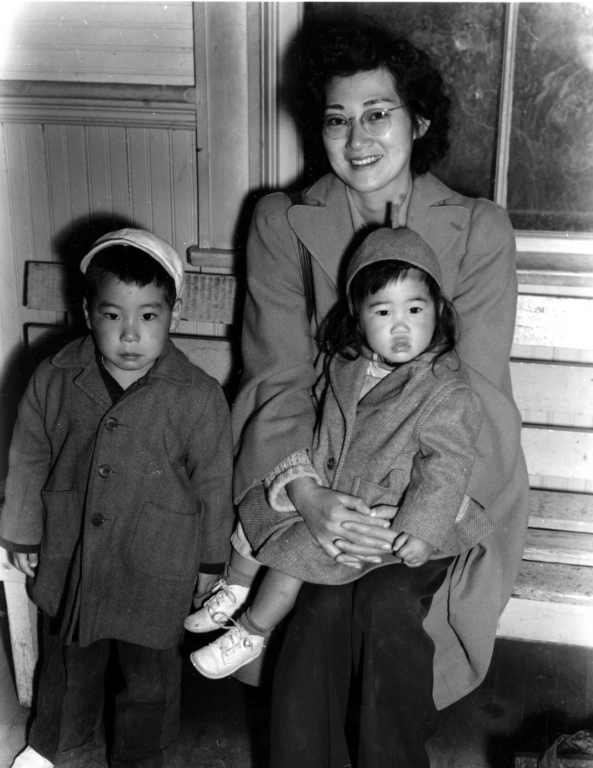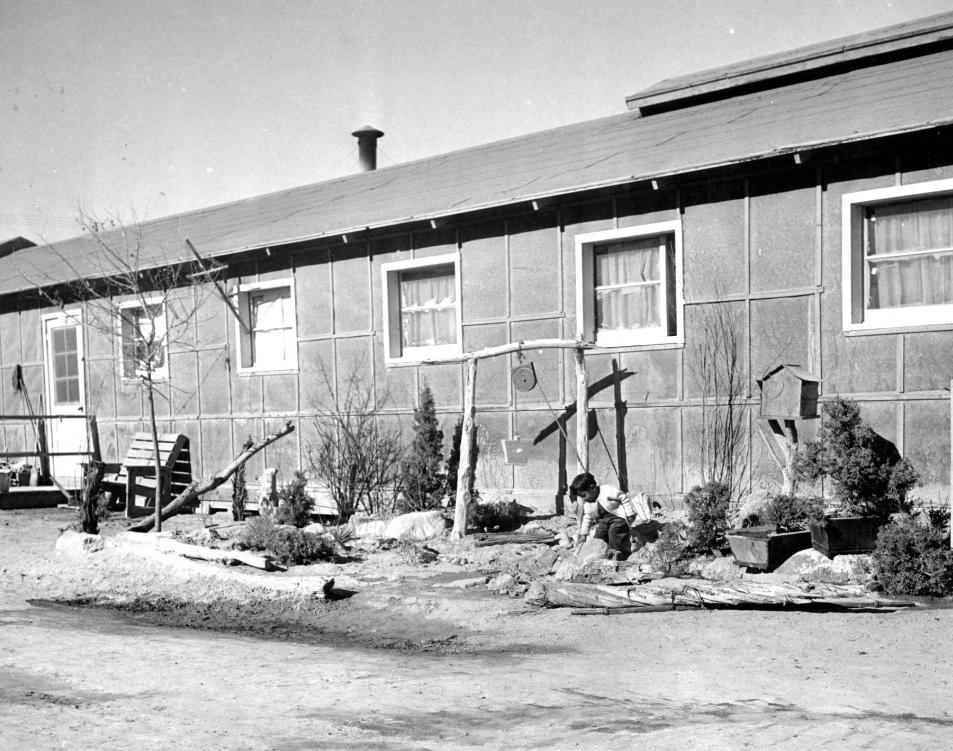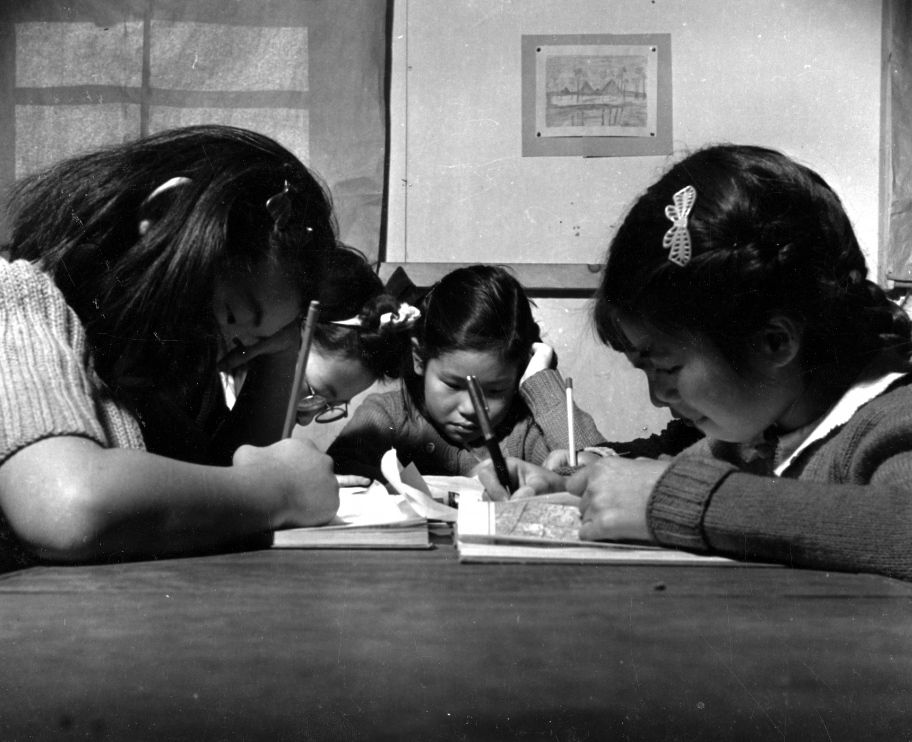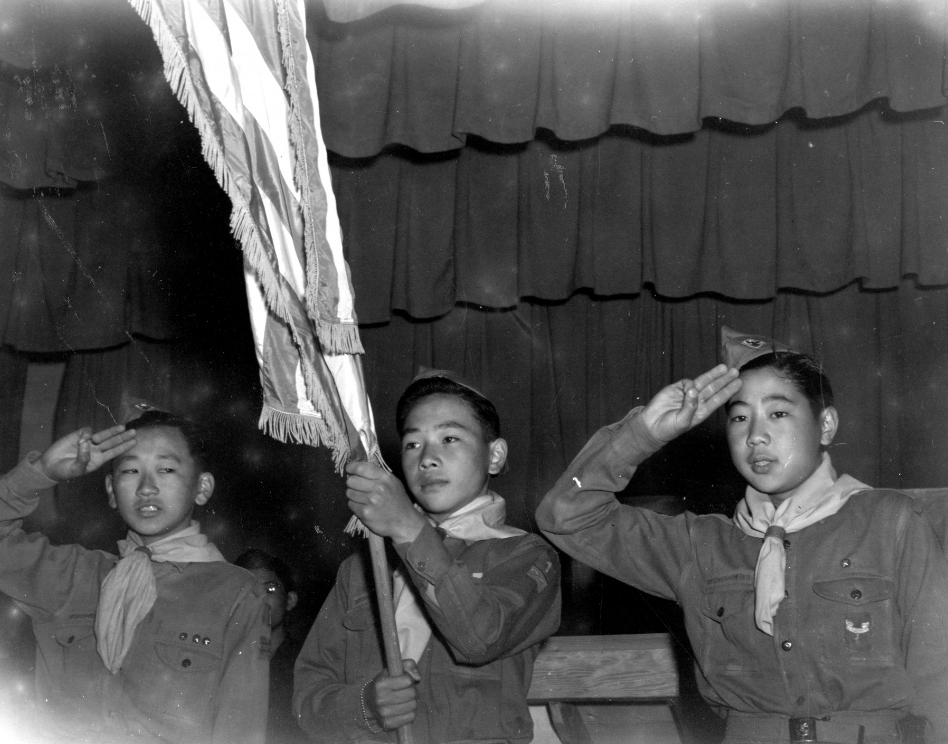During World War II, the United States forced over 120,000 Japanese American citizens and legal residents to leave their homes and live in internment camps. The reason? Many Americans thought that people of Japanese descent might help Japan harm the U.S.
One of these camps was in a windy, dusty desert near Delta, Utah. Its name was Topaz.
In short
On December 7, 1941, Japan bombed Pearl Harbor in a surprise attack aiming to disable the U.S. Pacific naval fleet and settle long tensions with the American government. Quickly, the United States decided to move all of the Japanese Americans who lived in California, Oregon, Washington, and parts of Arizona to incarceration camps in the interior. These communities included elderly people and adults who had immigrated from Japan since the 1890s, as well as their children, who were Americans.

More of the story
People of Japanese descent had faced decades of racism and discriminatory laws in the United States. The Pearl Harbor attack ignited even more fear and mistrust of Japanese people. The government argued that, because of their ties to Japan, they might become spies for the Japanese military or help carry out attacks against the United States.
The Topaz Internment Camp mostly housed Japanese Americans from the San Francisco area. The government forced these families to abandon their businesses, homes, and most of their possessions with very little notice, before the camps were even built. For six months, they lived in horse stalls at the Tanforan race track in California. In September 1942, Topaz opened and the federal government moved the internees from Tanforan to Utah by train. By the time the camp closed in 1945, more than 11,000 people had lived there under armed guard.
Coping with many challenges

When the prisoners arrived, they found a dry, windy landscape. Topaz was hot and dusty during the summer, and bitterly cold during the winter. Dust and snow blew through the cracks in the barracks walls and covered everything inside. Families lived in small, crowded rooms in barracks made of plywood and tar paper. Coal stoves provided heat in their rooms. But they had to share communal toilets and showers, and stand in long lines to eat in the mess hall. Many suffered from malnutrition and other illnesses due to the poor conditions.
The camp had two elementary schools, a high school, and a hospital. Adult internees could work for small wages inside the camp, such as teaching or hospital jobs. Others worked on nearby farms or in Delta. Many residents planted gardens or created art to bring a little beauty to this stark place. There was a Boy Scout troop, and youth sports were popular. The community celebrated both Japanese and American holidays, such as Independence Day.



Under armed guard
Topaz was surrounded by barbed-wire fencing and the prisoners were monitored by armed military guards who stood in watchtowers along the perimeter. People needed permission to enter and leave the camp. On April 11, 1943, a guard shot and killed James Wakasa, 63, as he was walking his dog, even though he was inside the barbed-wire fence.
Japanese Americans fight in the war while their families are imprisoned
As the war grew, President Franklin D. Roosevelt created a Japanese American army unit to fight in Europe. More than a hundred young men from Topaz volunteered to serve, while their families were forced to remain in the camps. Many families saw war service as a way to prove their loyalty to the United States, in spite of the injustices they faced.
The Japanese American 442nd Regimental Combat Team’s motto was “Go For Broke.” This unit served in dangerous battles in Europe, and its members received many medals for heroism. Many Japanese American soldiers died fighting for their country, the United States.
Leaving Topaz
In 1943 the government began encouraging internees who had friends or family in the interior states to leave the camps and go live with them. After moving out of the camps, people had to find homes and jobs in new and unfamiliar places. Topaz closed in October 1945, after World War II ended.
In 1988, President Reagan formally apologized to the Japanese Americans incarcerated during World War II, and Congress paid survivors money to compensate for the losses they endured.
Teacher Resources
Topaz Museum, Delta
Primary Source Set: Japanese Internment at Topaz